The Blog Subscribe
Ian’s A to Z – D is for Depth of Field

Welcome to Ian’s A to Z of photography. A new word each week here on BTN! My words, and my take on them. Nothing too technical, just stuff important to me that I hope you find useful!
Depth of field
In many respects we have covered depth of field when looking at ‘A is for Aperture,’ but there is a little more to it. Depth of field simply refers to the amount of the scene or subject that is in focus. In simple terms if you laid out a 1 metre rule and shot from one end to the other the amount of points on that rule in focus would be depth of field. A shallow depth of field meaning you may only be able to read a few centimetres along the rule and visa versa, a large depth of field meaning you maybe able to read all the points on the rule.
There are different factors that affect depth of field. Firstly the size of your sensor. The larger the sensor the shallower the depth of field that can be achieved. Secondly there is focal length. Depth of field decreases with larger focal lengths as you ‘compress’ the scene. Thirdly there is the distance between the camera and subject. Without changing your aperture a subject only 1 metre away at f8 will have a shallower depth of field compared to if it was placed 20 metres away at the same settings. Lastly there is aperture. The larger the aperture (smaller the f number) the greater the depth of field.
Firstly the size of sensor, why would this affect depth of field? Lets say you have a ‘full frame’ sensor camera and a ‘cropped’ sensor camera both with a 50mm lens and you want to ‘fill the frame’ or in other words fill the shot with a subject. Because the cropped sensor camera has an effective focal range of 80mm due to the sensor, the full frame camera would have to get closer to the subject to fill the frame. This decreases the amount of the shot in focus thus decreasing the depth of field.
Secondly focal length. If you place a subject 5 metres away and shoot at 50mm you would have an element of the scene in front of and behind in focus. Without moving the camera but ‘zooming’ in at 200mm you are compressing the scene and the area in front and behind the subject in focus decreases. Thus decreases depth of field.
Thirdly the distance between the subject and the camera. The closer the subject at the same aperture setting, depth of field decreases.
Lastly as we covered in ‘A is for Aperture,’ a smaller aperture (higher f number) the greater depth of field and visa versa.
As always, get out there and experiment! Depth of field is important in ensuring a scene is in focus and on the flip side a shallow depth of field can be used to throw distracting foreground and background objects out of focus.
Author

Ian Lewis
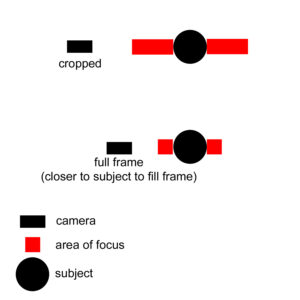
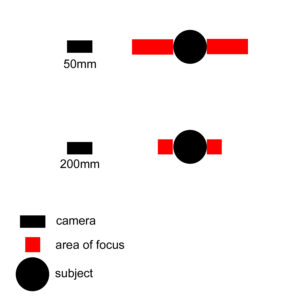
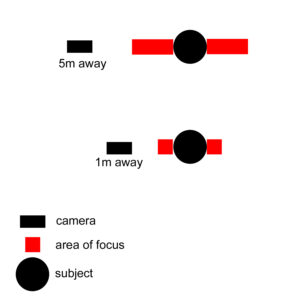
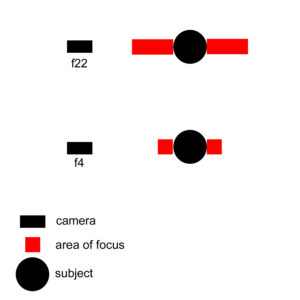
 BTN Rebrands as The American Tech Network
BTN Rebrands as The American Tech Network Patrice’s Holiday Gift Guide: Books
Patrice’s Holiday Gift Guide: Books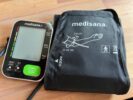 Patrice’s Holiday Gift Guide: Health
Patrice’s Holiday Gift Guide: Health tsoHost saved my bacon
tsoHost saved my bacon My first Raspberry Pi adventure
My first Raspberry Pi adventure